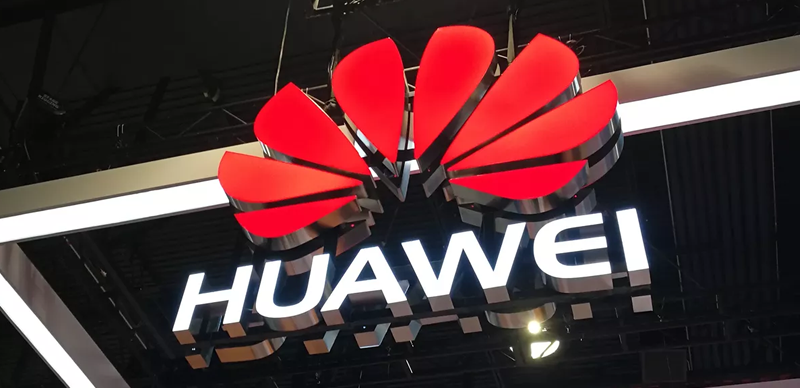
Huawei has announced the latest version of its mobile operating system HarmonyOS 4 and an enhanced AI assistant, as the embattled giant ramps up efforts to re-establish strength for its smartphone business.
According to CNBC, the Shenzhen-based telecoms firm is trying to recover from U.S. sanctions dating back to 2019, which cut it off from key technologies such as semiconductors, like 5G chips and software. The move crippled its smartphone business globally, demoting it from once being the number one player.
American restrictions cut Huawei off from Google’s Android mobile operating system, which destroyed Huawei’s smartphone business outside of China.
In 2019, Huawei launched its own operating system called HarmonyOS, in a bid to replace Android. The company has been developing new versions of the system ever since, with an eye to regaining some market share in smartphones.
The recent launch of HarmonyOS 4 highlights the company’s ambition to regain strength in its smartphone business.
“Huawei’s flagship smartphones are making a comeback,” said Yu Chengdong, Chief Executive Officer of Huawei’s consumer business and intelligent automotive solution business groups, during the Huawei Developer Conference 2023.
Since 2019, Huawei has focused on trying to regain market share in China, finding some success. Huawei’s market share jumped to 13% in China in the second quarter of the year, up from 7.3% during the same period of 2022. The company’s smartphone shipments grew by 76% year-on-year.
Huawei’s strategy has become more refined, as it looks to compete in the premium segment of the smartphone market, rather than across all sectors.
“Huawei’s smartphones took the second spot in the high-end segment. So we are making a comeback with vengeance,” said Yu.
In the segment of phones priced more than $600 in China, Huawei’s share jumped to 18.4% in the second quarter versus 6.7 per cent in the same period in 2022, according to IDC.
Huawei’s high-end focus makes sense, as Chinese consumers are on average willing to pay more for smartphones. The company released its Mate X3 foldable this year, and that device, along with the flagship P60, helped the company boost its premium segment share.
Despite being cut off from critical foreign chips, Huawei plans to re-enter the 5G smartphone market by the end of this year, according to Reuters. The news agency reported that Huawei should be able to procure 5G chips domestically.
5G refers to next-generation mobile internet technology. Most high-end phones are able to connect to 5G networks, which promise superfast internet speeds. Huawei’s flagship devices have been missing this feature because of U.S. sanctions.





